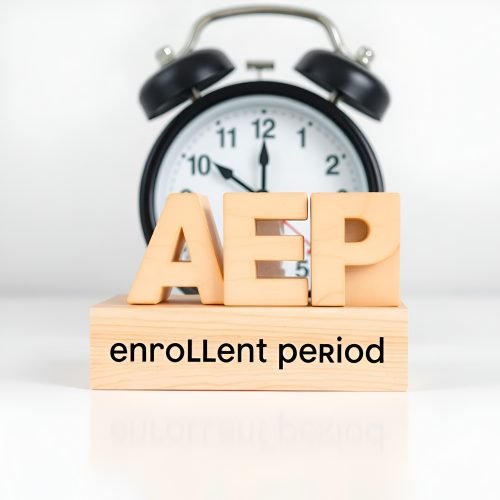When it comes to retirement accounts such as Individual Retirement Accounts (IRAs), 401(k)s and 403(b)s, there are two magic ages to remember. The first is age 59 ½ when you can begin accessing your retirement accounts penalty-free. The second may be lesser known, but can be more costly if forgotten. Starting at age 70 ½ you will need to begin taking a Required Minimum Distribution (RMD) from your retirement accounts. Let’s look at some commonly asked questions about RMDs:
When must you take your first RMD?
You must take your first required minimum distribution for the year in which you turn age 70½. However, the first payment can be delayed until April 1 of the year following the year in which you turn 70½. For all subsequent years, including the year in which you were paid the first RMD by April 1, you must take the RMD by December 31 of the year.
What happens if you forget to take your RMD?
The penalty is steep – 50% of the amount that should have been taken or the shortfall. That is a hefty price to pay – so don’t forget!
How is the RMD calculated?
Generally, a RMD is calculated for each account by dividing the prior December 31 balance of that IRA or retirement plan account by a life expectancy factor that the IRS publishes. Many times the custodians of your retirement accounts will calculate your RMD for you, but it is your responsibility to make sure the distribution is done prior to the deadline.
Can you withdraw more than your RMD?
Yes, an account owner can withdraw any amount in excess of the RMD up to the account value at the time of withdrawal.
Can you take your RMD all from one account?
An IRA owner must calculate the RMD separately for each IRA that he or she owns, but can withdraw the total amount from one or more of the IRAs. Similarly, a 403(b) contract owner must calculate the RMD separately for each 403(b) contract that he or she owns, but can take the total amount from one or more of the 403(b) contracts. However, RMDs required from other types of retirement plans, such as 401(k) and 457(b) plans, have to be taken separately from each of those plan accounts.
How is the RMD taxed?
Withdrawals are generally taxed at the individual account owners’ tax rate.
Do you have to take a RMD from a Roth IRA?
A Roth IRA owner does not need to take a RMD. However, a Roth 401(k) owner will need to take a RMD.
Recommendation: Consider rolling your Roth 401(k) to a Roth IRA to avoid having to take a RMD. Remember, if you have met certain rules, Roth IRA distributions are tax-free.
Bottom line: Required Minimum Distributions can be tricky and cause confusion. While these are the basic questions, different rules can apply to inherited IRAs or individuals still employed at age 70 ½. The key is knowing that you need to begin taking distributions at age 70 ½ and making sure to avoid that 50% penalty!
Individual situations do vary, so please consult your Access Wealth advisor before making any significant changes.
















